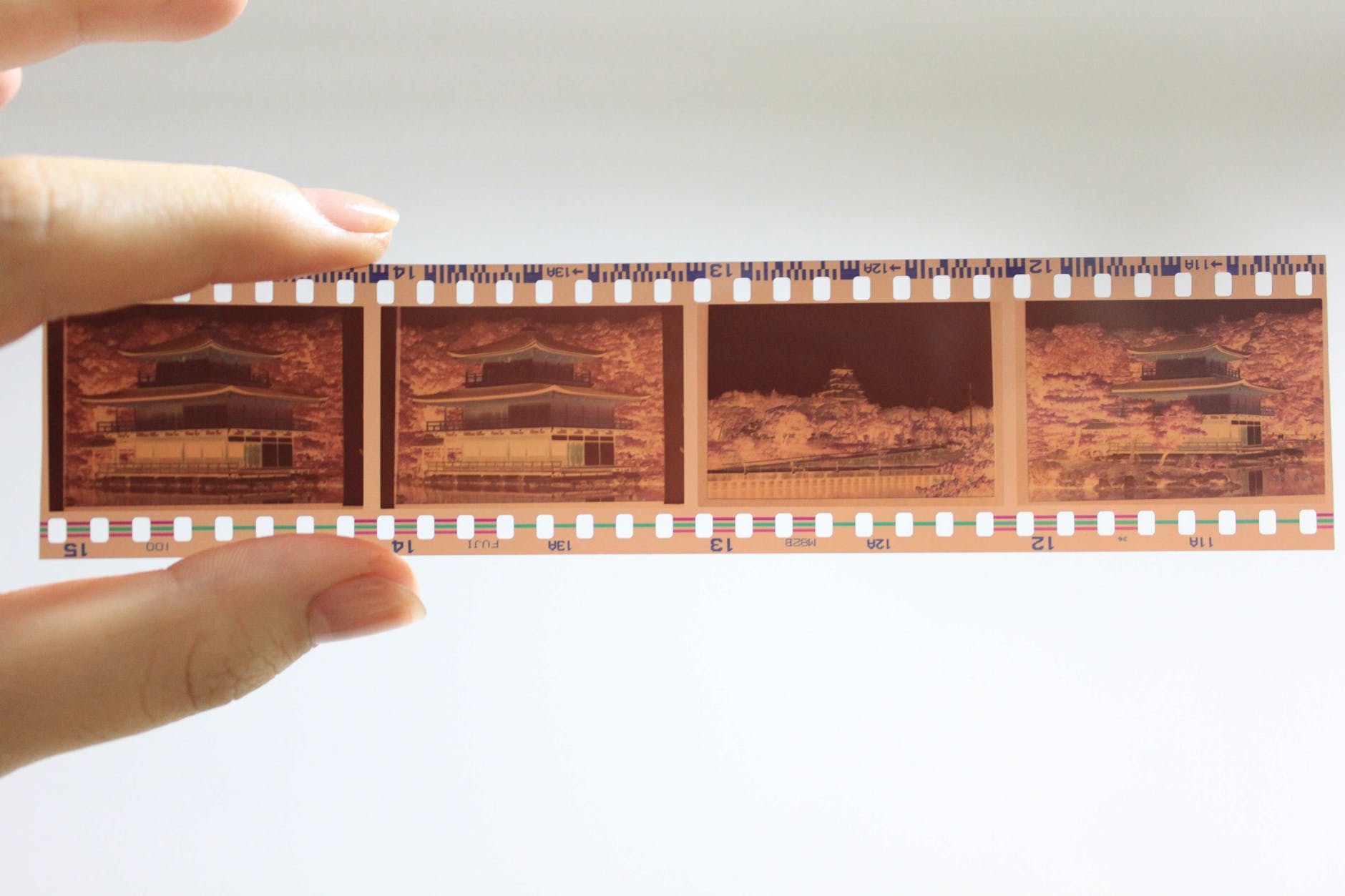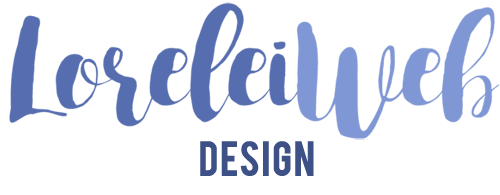We all have our own ideas about what a good web page should look like and what it should contain. If you use your website to conduct sales, it should be eye-catching and attractive. If you use it to deliver news or express opinions, it should be informative and easy to read.
We suspect that you’ll already have read dozens of advice columns and op-eds about which colors, fonts, and layouts to use if you want to attract a certain kind of browser, but this article is about something different: how to use web design to inspire engagement, which is the one thing that every kind of web designer should want for all of their pages.
Wowing your visitors attractive images or great information is one thing. Persuading them to do something on the back of what they’ve seen is quite another. Modern internet users are savvy; they know when someone’s trying to force them to do something, and they’re inclined to avoid anything they see as a blatant sales tactic. You have to be more subtle in the way you persuade them to engage with you, and we’ve come up with five handy shortcuts to gaining the engagement you need in order to succeed. Without any further ado, here they are!
Make Use Of White Space

As counter-intuitive as this might seem, leaving plenty of white space (or dark space, given that ‘dark’ themes are so popular online now) is one of the most powerful tools at your disposal as a web designer. We can go on at length about the psychology behind white space and why it helps to focus the attention of your visitors (and others you already have), but we’ll keep it brief here. Your blank spaces are your buffer. They stop your pages from becoming crowded and give your visitor’s eyes a break as they move from one section of your page to the next.
Minimalism is still very much ‘in’ when it comes to web design, and white space is the quickest way to achieve a clean, minimalist look. It also makes your navigation buttons and links easier to find, which is crucial if you want your visitor to move to another page after they’ve finished reading the one they’re on.
If you’re having a hard time working with the white space, which is usually a professional designer’s strong side, you can always hire a website design company San Francisco.
Immediacy

Whatever it is that your website does, all the key content should be readily available on your home page. Forget landing pages that contain an image and nothing else; time is money on the internet, and people want to be able to find the things they’re looking for as quickly as possible. We direct your attention to online slot websites if you want to see this in action. The people who make those websites are experts at persuading people to spend money within seconds of their arrival.
They do that by putting their key content – by which, obviously, we mean their online slots – front and center of their homepage. There are several hundred websites that offer UK slots, and more appear all the time. Those that hide their content behind links and menus are unlikely to succeed. Give your visitors a taste of what you do as soon as they arrive at your site. You can always keep more content back for other pages once you have their attention.
Speedy Responses
You have three seconds in which to make an impression when somebody new arrives at your site. If they don’t see anything they like within those three seconds, they’re highly likely to go back to their search results and try something else. If your page hasn’t even loaded within those three seconds, you’re out of the running for their attention or their money no matter how good your content might be when it eventually loads. Enable compression on everything you upload and optimize every single image.
Don’t use video files unless it’s one hundred percent necessary to the purpose of your site. Spend a little more money to place on your site with a hosting company that guarantees performance and speed. Cut out any unnecessary HTTP requests; there’s nothing worse than a website that keeps changing shape or stuttering as you look at it. It looks unprofessional, and nobody spends their money on unprofessional-looking websites.
Pick One Hero Image

If you’ve never heard of hero images, you need to update your list of web terminology immediately. It’s a slightly silly name, but it’s an accurate description of the role that hero images perform. Instead of packing multiple images into your pages, try to limit yourself to just one – and make it a very large, very attractive one. There’s nothing wrong with having an image that occupies the entire top ‘fold’ of your page so long as it’s enticing, and it invites your visitor to scroll further down and find out what else you might offer.
Every page on your site should have one, and each one of them should be a strong visual representation of the purpose of the page they’re looking at. A picture can speak a thousand words, and most of your visitors aren’t going to stick around long enough to read a thousand words of content. You need your hero images to speak for them, so give them the tools they need to do so.
Limit Your Color Palette
Everybody loves a rainbow, but not everyone appreciates being overloaded with colors when they load a web page for the first time. Aside from making it potentially difficult for your visitor to read any text you have on your page, a mess of clashing colors can be distracting.
The world’s most-visited websites work with two or three colors at most, and they use them to good effect. The BBC news website is red and white, for example. Amazon is gold and white. Apple is green and white. Silver is sometimes used as an accent color on all three pages, but you’ll be hard-pressed to find anything more than that. Your colors should be bold and memorable, but also limited to just a few well-chosen shades. As a side note, these colors should also be reflected and adhered to when you’re creating your hero images.
So long as you know how to code, web design is an easy job that’s sometimes made too complicated by people who want to pack in every possible feature just because they can. Don’t fall into that trap. Simplicity wins the day, and also wins you more engagement than a cluttered, messy site.



[…] can ditch these outdated strategies and get ahead of the competition using 360° product views. Increase engagement with your website and give your prospect everything they need to pull the trigger and […]